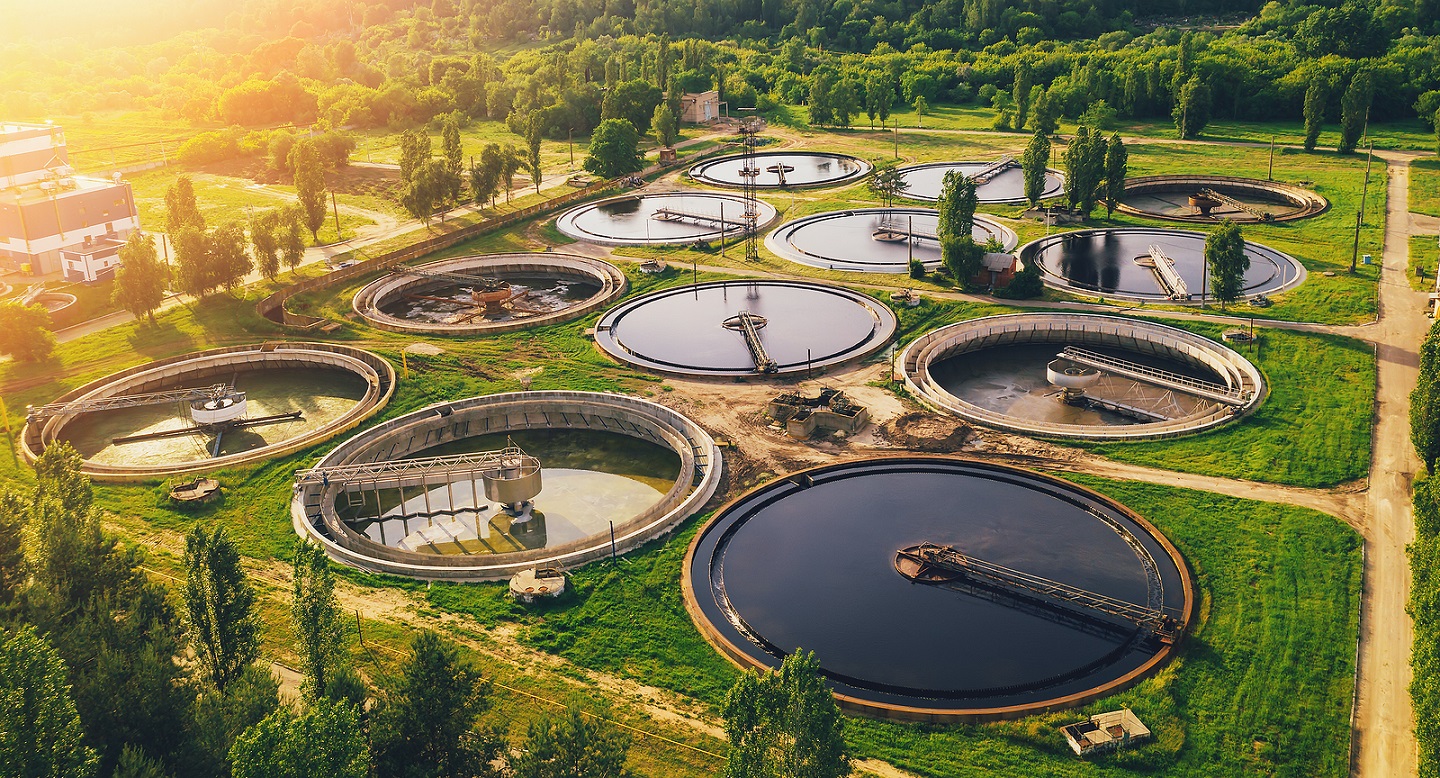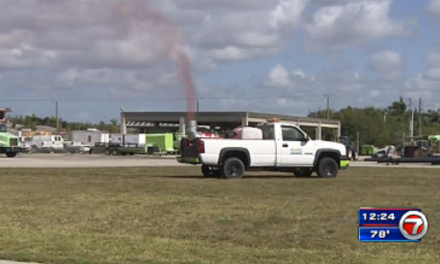PFAS chemicals are known as forever chemicals because they remain in our bodies and environment for an extremely long time. In Michigan, there is concern that PFAS might be contaminating farm fields after they are treated with human waste used as fertilizer.
The fertilizer, called biosolids, is solid human waste that is treated by a wastewater plant. It is regularly tested for metal content and pathogens. Treated liquid waste (urine) can be discharged into surface water, but solids need a different approach, so most of Michigan’s wastewater plants convert solid waste sludge into biosolids. Once converted, the treatment plant can send it to farms instead of shipping it to a landfill, which is more expensive.
RELATED STORY:
Scientists believe that, in 2018, some of the treatment plants had high levels of PFAS entering their system from landfills or industry, so they are examining soil tests from over twelve state agricultural sites that received the fertilizer to determine the levels. They hope to understand better how PFAS move into groundwater and potentially food supplies.
According to Jennifer Holton of the Michigan Department of Agriculture and Rural Development (MDARD), so far no Michigan-based foods sources are affected, stating:
“(The state) does not have any reason to suspect food contamination unless it’s associated with a specific contamination site. So far, no farms or processing plants (have been) impacted.”
The state plans more testing regarding potential health effects for people exposed to the chemicals and hopes to establish a threshold for how much PFAS should be permitted in biosolids that are applied to land. According to the U.S. Environmental Protection Agency, they are mixed in with the top twelve inches of soil to “improve and maintain productive soils and stimulate plant growth.”
RELATED STORY:
Jon Russell, a water resources division manager at the Michigan Department of Environment, Great Lakes and Energy (EGLE) said the state began testing solid wastes generated at 41 wastewater plants, adding:
“We’re looking at the worst cases. The state is trying to find the fields with the most biosolids applied to them and trying to find fields that might make the risks higher of them getting into groundwater. We’re looking for fields that have people living around them.”
Wastewater plants in Wixom and Ionia have already been told to quit applying biosolids to land because testing found very high PFAS levels in their flowing liquid. As they gather data from the farm fields, they may monitor private wells for testing also to determine the extent of PFAS reach.
Regulators say the effort is complicated. Reasons include:
- Lack of information about the movement and eventual destination of chemicals once they’re released to the environment, or how they degrade and travel after they reach a field.
- The lack of scientific standards for researching biosolids after land application.
- The absence of regulation for the chemicals nationally.
RELATED:
Colin O’Neil, Environmental Working Group’s legislative director, noted that in 2017, across the U.S., about 47 percent of biosolids produced were applied to land. He stated his concern, saying:
“A lot is going to farm fields with little or no questions raised about PFAS.”
By testing all 95 wastewater plants in Michigan for PFAS, they have reduced some contaminants from industrial sources. Two types of the chemicals – PFOS and PFOA – are managed in surface water, and 20 percent of the wastewater plants were violating a state limit on PFOS in surface water by 12 parts per trillion (ppt).
At the front end of the report was the city of Lapeer. State officials found PFOS in Flint River fish that led them to the wastewater plant and a chrome plating company in the city. This industrial contamination allowed 2,000-ppt of PFOS to flow into the river from the plant. This resulted in PFOS showing up in the city’s biosolids at 2,100 parts per billion (ppb), which is a much greater amount.
Lapeer had been land-applying that waste, including on a nearby field it leased to a farmer who, until 2018, grew soybeans. A portion of the property had PFOS at 500-ppb, according to tests done for the state.
The city sent 548 dry tons of former sludge to the field over three years. Now it’s trying to come up with a new solution for its sludge and also for the field contaminated with PFAS.
“We’re going to move it from crop production and turn into a tree farm,” Lapeer City Manager Dale Kerbyson said in early 2018. He added that the soybeans were not used for food.
Many are concerned about how the toxic soil might affect food. Exposure to PFAS chemicals has been linked to many negative health problems, including cancer.
RELATED STORY:
Biosolids as fertilizer is a growing concern, as national news reports on the increasing ties between PFAS and food, all the way from packaging to dairy cows drinking water that is extremely contaminated. Several cities have already stopped applying biosolids to land because of contamination.
Russell said due to little national research on PFAS, he and other scientists have a much more difficult job as they develop their own screening methodology, saying:
“The awareness of this issue is growing in the farming community for sure.”
“There’s not a lot out there. People haven’t done this work yet. We’re doing it first. That means we don’t have a lot to fall back on.”
More research also remains needed on what it means when high concentrations are found in soil.
O’Neil says that if other states follow in Michigan’s path, they will learn information on how to slow down the amount of PFAS that enter lakes and rivers that are drinking water sources. He hopes to see national testing of wastewater, and most definitely of the sludge from human waste that is turned into biosolids.












